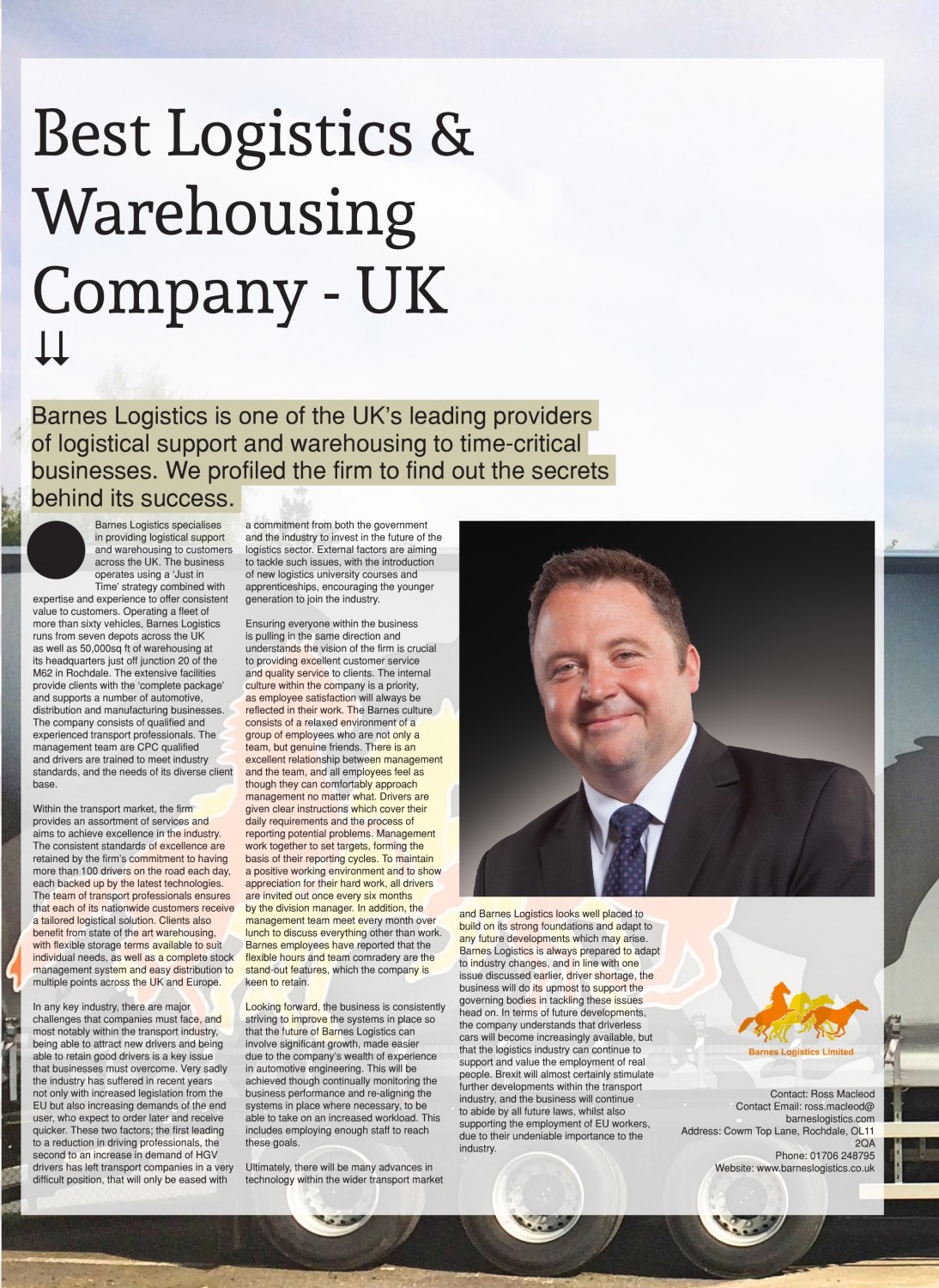The high street has long been a staple of British culture; rows of shops from high-end department stores to family-run businesses have historically formed the hub of local communities and created bustling cities, but today, shops are closing down at an alarming rate as many consumers turn to online shopping. As a result, the high street aesthetic differs dramatically to how it used to, with square metres upon square metres of empty space occupying a shell that used to house popular retailers.
The disparity between today’s high street image and that of ten years ago is so extreme that many experts are predicting it will diminish entirely – the ‘Death of the High Street’, as they call it. Whilst the high street has brought significant business for the logistics industry for many years now, how will the closure of physical shops affect the sector? Some claim that logistics will be unaffected; whilst shops are closing, people are still shopping – just not in store – and therefore mass delivery of goods is still a necessity. Other experts however, fear that the extreme growth in the popularity of online shopping will bring with it an even greater pressure and demand than that already experienced by the logistics industry – whilst driver shortage is the current, prominent worry, warehousing space and turnaround efficiency could also become a concern. So, with this comes the topic of this post and the critical question; how can both traders and logistic companies continue to operate efficientlyand profitably during the death of the high street?
According to ParcelHero, by 2030, half of (approximately 100,000) physical stores will be obsolete. Whether such businesses will disappear completely is an entirely different matter – it is likely that some will exist in the online sphere only, whilst many others may struggle to recover from the financial hit. Experts claim that by 2030, e-commerce sales will account for 40% of all consumer to retailer transactions, although the figures are already high – TextLocal reports that almost 80% of people report having used their mobile phones for online shopping at some point, with over 20% doing so at least once a day.
Whilst this is excellent news as it signals the strength of our developing networks and technologies, for the logistics industry it brings a growing pressure, and not just in terms of delivery. Whilst the driver shortage and uncertain future of EU workers certainly raises concerns – as we have explored before – there is an additional, pressing problem: warehouse space. Researchers from the BBC claim that demands for warehouse space have risen due to the growing popularity of online shopping, with demand doubling over the past ten years. The total purchased/leased warehousing space across the UK now mirrors the dimensions of 3,000 Wembley Stadiums, with 60% being used by retailers. A decade ago, they accounted for just 1/3 of the space. In correlation with this has come rise in warehouse rental prices. So in addition to the sector’s aim to maximise and organise warehouse space to optimise deliveries and cater for the digital changes, for some, financial worries are present, particularly for smaller businesses.
At this point, the path to overcoming these issues is not black and white. Truthfully, it may take a number of years to calculate the perfect formula, and trial and error may become commonplace. Although digital shopping has been around for years now, its popularity has never been greater, and so it will take time to find the right balance that suits each individual logistics operator and their unique demand. In the meantime, there are a number of aspects that need to be prioritised to maximise smooth-running: cost, warehouse location, space, machinery needs, monitoring systems, staff and fleet size. Should all these be considered, it’s entirely possible that current warehousing concerns can be lessened, but as we say, we expect that a key factor amongst these priorities is time and simply exercising various methods until all boxes are ticked.
In many ways, the ‘Death of the High Street’ is a sad mark for British culture. Of course digitalisation has its strengths and its growth is certainly reflective of its usefulness to business; both national and global connectivity is readily available at the touch of a button, expanding potential demographics and offering wider profit opportunities, but as the industry has worked alongside retailers and their stores since shopping became such a prominent feature of our society, it is saddening to see many closing their doors permanently. Here at Barnes, we therefore think it’s important to adopt a positive perspective on this by seeing it as a new ‘era’. The online movement does not alter the necessity of the logistics industry for UK retailers, it just changes the dynamics somewhat, and in a time when the number of drivers is already worrying, it can be frustrating that the sector is faced with an additional concern. But, as with the driver shortage and Brexit, we’re confident that the industry will remain vigilant and resilient in the face of warehousing concerns and that the perfect formula will be found in no time.
If you’re a business in need of warehousing space, we are able to help as we have over 50,000sq feet of secure storage. To find out more about our facilities and to get in touch, click here.







